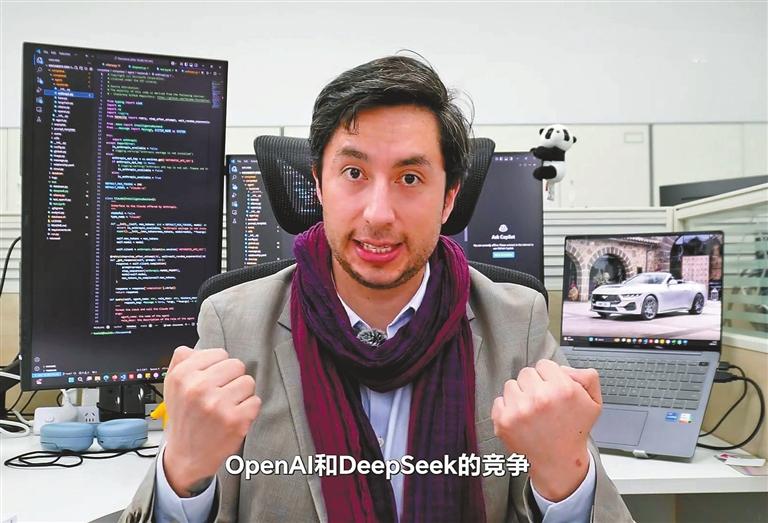
Juan D. Guerra I AM an IT professional currently pursuing a Ph.D. in Management Science and Engineering. Before selecting my program, I researched the best locations to study and identified Shenzhen as an ideal destination due to its leading universities and vibrant industries. My research focuses on how small and medium-sized enterprises (SMEs) can harness new technologies — especially artificial intelligence — to accelerate growth and eventually evolve into multinational corporations. Consider historical examples: in the 1980s, Apple was a small company while Xerox was a market leader. Today, Apple ranks as the world’s third most valuable company by market capitalization, whereas Xerox has fallen behind as mainly a print solutions provider. Similarly, in 2002, China’s Alibaba surpassed eBay, which was once a pioneer in the e-commerce sector. Looking ahead, by 2025, the release of DeepSeek R1’s open-source reasoning model has made smaller, more efficient AI models widely available. These models, optimized through techniques such as quantization and distillation, enable businesses to run AI locally on their own computers or data centers. Many companies are already adopting these models because they can operate across diverse GPU architectures, significantly reducing the cost and complexity of deploying AI. This development will make AI more accessible, empowering SMEs to compete on a global scale. I am especially grateful to Shenzhen for providing access to exceptional resources that support my research. Organizations like the Shenzhen Cross-Border E-Commerce Association (SZCBE) have generously aided me in refining my work. Additionally, I have had valuable opportunities to engage with industry insiders through events such as the AI fair held at the Shenzhen World Exhibition and Convention Center. True learning comes from real-world application. Shenzhen leads AI development in multiple fields, as highlighted in a report published by Nature Machine Intelligence. Tech giants like Huawei are developing next-generation GPUs such as the Kunpeng series, which are viewed as serious competitors to NVIDIA’s products. Meanwhile, Ping An is pushing forward with initiatives to promote inclusive finance. I believe the future of AI lies in embedding it into core processes using low-cost GPUs or hybrid microchips that combine CPU and GPU architectures to maximize efficiency. Frameworks like YOLO and ResNet, with their optimized neural networks, already showcase this potential. Having witnessed Shenzhen’s incredible ecosystem firsthand, I am eager to share my insights with the world. Shenzhen’s model is one worth emulating, and I am deeply thankful to Harbin Institute of Technology Shenzhen for nurturing my research and encouraging my growth. With its favorable policies and determination to be a global AI frontrunner, Shenzhen is poised to produce the next big breakthrough in this rapidly evolving field. | 
